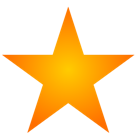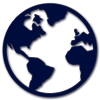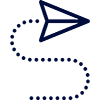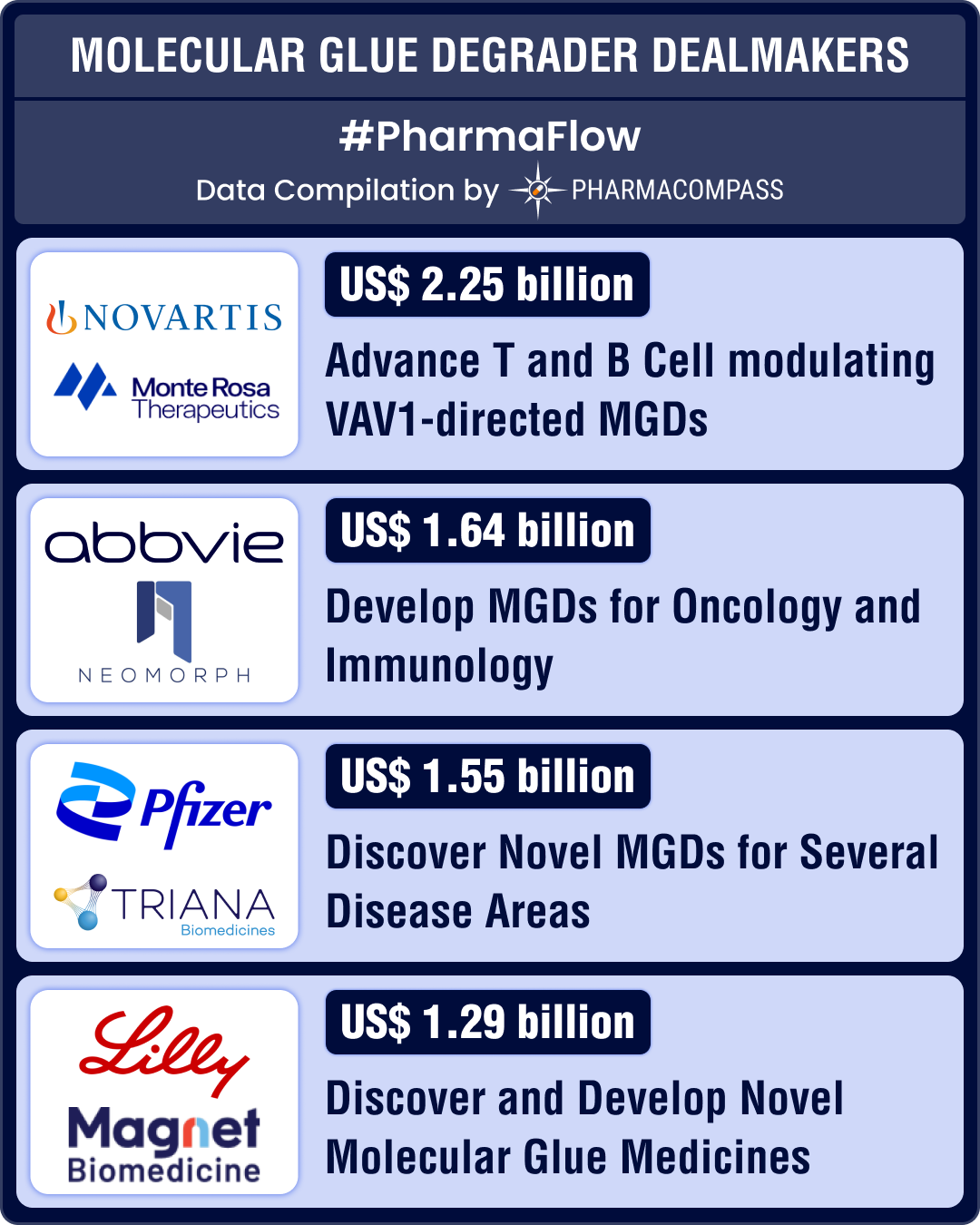 AbbVie Inc
AbbVie Inc
15 Apr 2025
// PRESS RELEASE
09 Apr 2025
// PRESS RELEASE
03 Apr 2025
// REUTERS
Latest Content by PharmaCompass

About
CPhI North America CPhI North America
Industry Trade Show
Not Confirmed
20-22 May, 2025
American Biomanufactur...American Biomanufacturing Summit
Industry Trade Show
Attending
15-16 April, 2025
Industry Trade Show
Attending
04-08 May, 2025
CONTACT DETAILS




Events
Webinars & Exhibitions
CPhI North America CPhI North America
Industry Trade Show
Not Confirmed
20-22 May, 2025
American Biomanufactur...American Biomanufacturing Summit
Industry Trade Show
Attending
15-16 April, 2025
Industry Trade Show
Attending
04-08 May, 2025
CORPORATE CONTENT #SupplierSpotlight
https://www.pharmacompass.com/radio-compass-blog/molecular-glue-degraders-lilly-abbvie-sign-billion-dollar-deals-bms-leads-with-three-late-stage-drugs
https://www.pharmacompass.com/radio-compass-blog/top-first-in-class-drug-candidates-of-2025-ionis-donidalorsen-sanofi-s-fitusiran-cytokinetics-aficamten-await-fda-approval
https://www.pharmacompass.com/radio-compass-blog/fda-okays-50-new-drugs-in-2024-bms-cobenfy-lilly-s-kisunla-lead-pack-of-breakthrough-therapies
https://www.pharmacompass.com/radio-compass-blog/fda-s-landmark-approvals-of-bms-schizo-med-madrigal-s-mash-drug-us-16-5-bn-catalent-buyout-make-it-to-top-10-news-of-2024
https://www.pharmacompass.com/radio-compass-blog/chinese-fda-registered-generic-facilities-gain-steam-india-maintains-lead-with-396-facilities
https://www.pharmacompass.com/radio-compass-blog/novartis-gsk-sanofi-bms-shell-out-over-us-10-bn-in-dealmaking-as-mid-size-deals-take-centerstage-in-2024
https://www.pharmacompass.com/radio-compass-blog/fda-s-june-2024-list-of-off-patent-off-exclusivity-drugs-sees-rise-in-cancer-hiv-treatments
https://www.pharmacompass.com/radio-compass-blog/fda-approves-record-eight-biosimilars-in-h1-2024-okays-first-interchangeable-biosimilars-for-eylea
https://www.pharmacompass.com/radio-compass-blog/top-pharma-companies-drugs-in-2023-merck-s-keytruda-emerges-as-top-selling-drug-novo-lilly-sales-skyrocket-due-to-glp-1-drugs
https://www.pharmacompass.com/radio-compass-blog/fda-approvals-rise-49-in-2023-crispr-s-gene-editing-therapy-sees-light-of-day
https://www.pharmacompass.com/radio-compass-blog/pfizer-s-buyout-of-seagen-drugmakers-suing-us-govt-obesity-drugs-make-it-to-top-10-phispers-of-2023

15 Apr 2025
// PRESS RELEASE

09 Apr 2025
// PRESS RELEASE
https://news.abbvie.com/2025-04-08-AbbVie-Announces-European-Commission-Approval-of-RINVOQ-R-upadacitinib-for-the-Treatment-of-Adults-with-Giant-Cell-Arteritis#:~:text=NORTH%20CHICAGO%2C%20Ill.%2C%20April,(GCA)%20in%20adult%20patients.

03 Apr 2025
// REUTERS
https://www.reuters.com/business/healthcare-pharmaceuticals/abbvie-cuts-2025-profit-forecast-acquisition-expenses-2025-04-03/

31 Mar 2025
// PR NEWSWIRE
https://www.prnewswire.com/news-releases/abbvie-to-host-first-quarter-2025-earnings-conference-call-302414655.html

28 Mar 2025
// ACCESSWIRE
https://www.accessnewswire.com/newsroom/en/healthcare-and-pharmaceutical/regulatory-condition-satisfied-for-license-agreement-between-abbvie-a-1007210

27 Mar 2025
// PRESS RELEASE
https://news.abbvie.com/2025-03-26-AbbVie-Showcases-Early-Pipeline-and-Scientific-Advances-in-Oncology-at-AACR-Annual-Meeting-2025
Inspections and registrations
ABOUT THIS PAGE
AbbVie Inc is a supplier offers 23 products (APIs, Excipients or Intermediates).
Find a price of Cyclosporine bulk with DMF, CEP offered by AbbVie Inc
Find a price of Erythromycin bulk with DMF, CEP offered by AbbVie Inc
Find a price of Biperiden Hydrochloride bulk with CEP offered by AbbVie Inc
Find a price of Butorphanol Tartrate bulk with DMF offered by AbbVie Inc
Find a price of Erythromycin Ethyl Succinate bulk with DMF offered by AbbVie Inc
Find a price of Erythromycin Stearate bulk with DMF offered by AbbVie Inc
Find a price of Isoflurane bulk with CEP offered by AbbVie Inc
Find a price of Paricalcitol bulk with DMF offered by AbbVie Inc
Find a price of Ritonavir bulk with CEP offered by AbbVie Inc
Find a price of Atogepant bulk offered by AbbVie Inc
Find a price of Divalproex Sodium bulk offered by AbbVie Inc
Find a price of Elagolix Sodium bulk offered by AbbVie Inc
Find a price of Enflurane bulk offered by AbbVie Inc
Find a price of Erythromycin Thiocyanate bulk offered by AbbVie Inc
Find a price of Foscarbidopa bulk offered by AbbVie Inc
Find a price of Foslevodopa bulk offered by AbbVie Inc
Find a price of Glecaprevir bulk offered by AbbVie Inc
Find a price of Levothyroxine Sodium bulk offered by AbbVie Inc
Find a price of Pibrentasvir bulk offered by AbbVie Inc
Find a price of Terazosin HCl bulk offered by AbbVie Inc
Find a price of Upadacitinib bulk offered by AbbVie Inc
Find a price of Venetoclax bulk offered by AbbVie Inc
Find a price of Eupadaciti Nip Semihydrate bulk offered by AbbVie Inc




